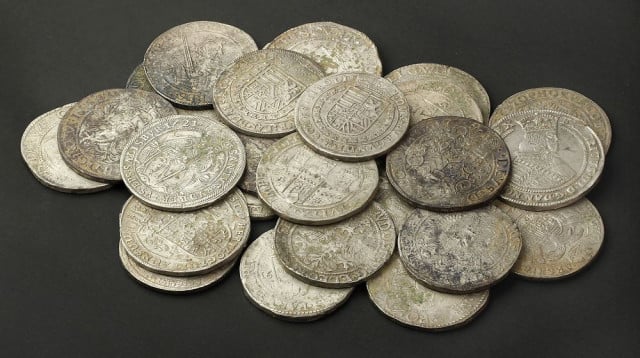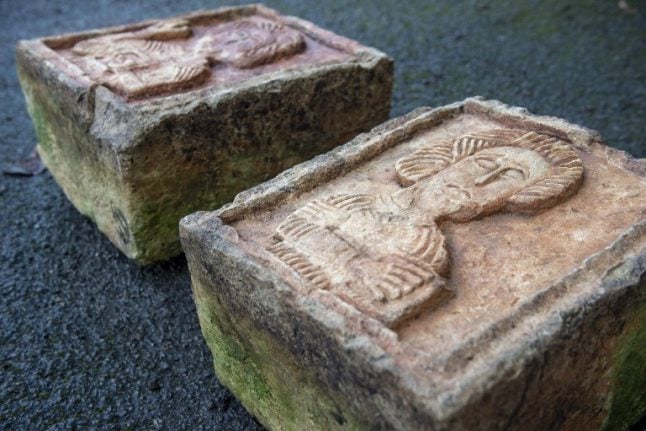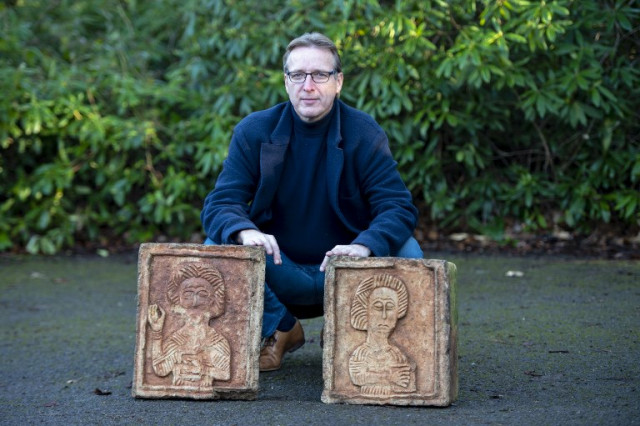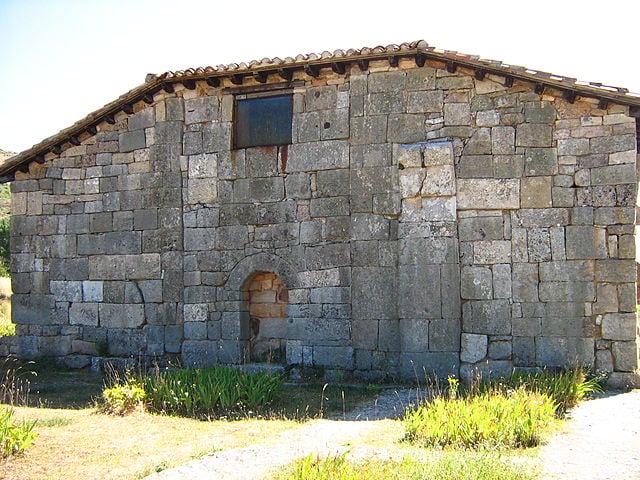The coins, from an antiquated designation of currency known in Danish as speciedaler, were found last autumn by local metal detector Per Kirckhoff on agricultural land near the village of Bøstrup, Jyllands-Posten writes.
Weighing 28.75 grams each, the silver pieces had a high value during their time of use in the 17th-century, bearing comparison with today’s 1000-kroner notes, according to Museum West Zealand, which announced the discovery on its website.
“We know of other discoveries of silver coins from the 17th-century, but this is the first time we have found daler treasure in western Zealand,” museum director Hugo Sørensen said in the press statement.
Most of the coins are not Danish in origin and the oldest was found to be from 1587, while the youngest is from 1650.
The coins were identified by National Museum of Denmark curator and coin expert Line Bjerg, who said they include one Danish example, minted during the time of King Frederik III (1648-1670). The others originate from European cities and duchies in the Netherlands, Austria-Hungary and Germany.

Photo: Museum Vestsjælland/Ritzau Scanpix
The identity of the coins’ owner remains a mystery, but Museum West Zealand said that merchants, priests and other wealthy individuals would have been most likely to possess the valuable silver.
“We know that there was a plague in the area in 1656, so maybe the owner died of plague and didn’t come back for the coins; or maybe the coins were left behind a few years later, when the Swedes were on the march through Zealand,” Sørensen said.
Museum West Zealand plans to display the coins in partnership with the bank Sparekassen Sjælland-Fyn at the bank’s branch in Slagelse. The coins will be displayed on March 14th from 3-6pm. They will then be handed over to the National Museum of Denmark.
READ ALSO: 'Viking treasure' of 252 silver coins found in Denmark





 Please whitelist us to continue reading.
Please whitelist us to continue reading.
Member comments